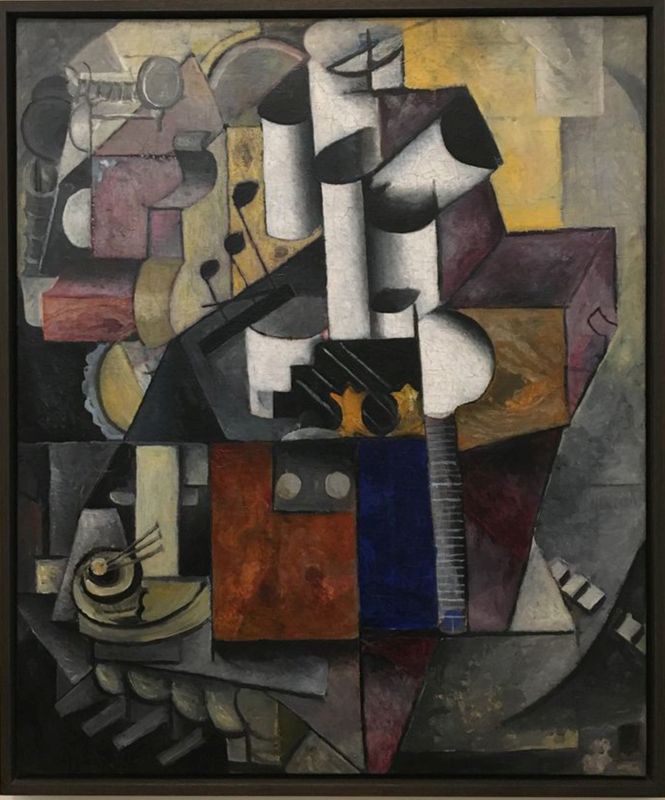Fig.
1 - Kazimir Malevič, Pobeda Nad Solncem/ Victory Over the Sun, six
sketches, pencil on paper, St. Petersburg State Museum of Theatre and
Music Art, 1913.

Fig.
2 - Kazimir Malevič, Englishman in Moscow, painting, Stedelijk Museum,
Amsterdam, 1914.
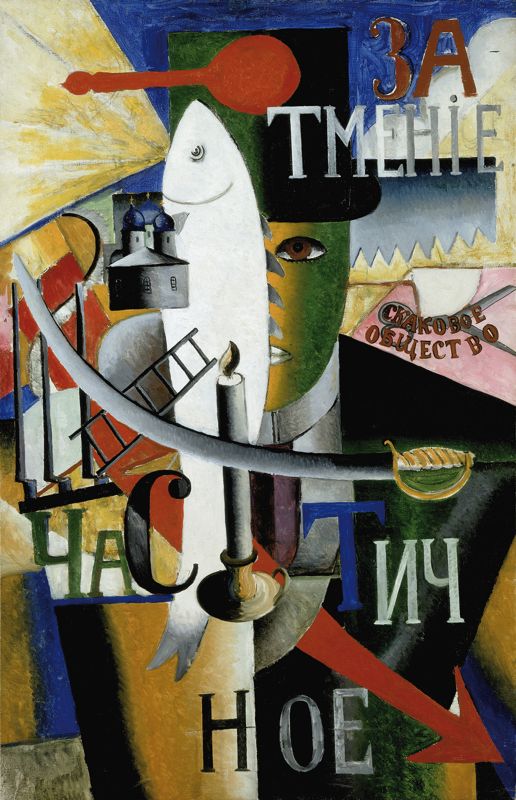
Fig.
3 - Kazimir Malevič Pobeda Nad Solncem/ Victory Over the Sun, First
Scene, Act One, sketch, pencil on paper, St. Petersburg State Museum of
Theatre and Music Art, 1913.
Laura Scala, three-dimensional reconstruction of the set, 2017.
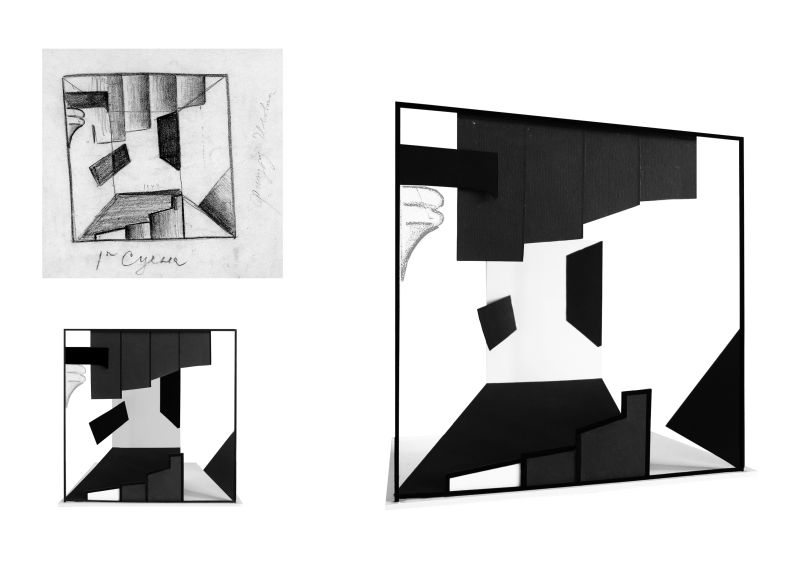
Fig.
4 - Kazimir Malevič, Pobeda Nad Solncem/ Victory Over the Sun, Second
Scene, Act One, sketch, pencil on paper, St. Petersburg State Museum of
Theatre and Music Art, 1913.
Laura Scala, three-dimensional reconstruction of the set, 2017.
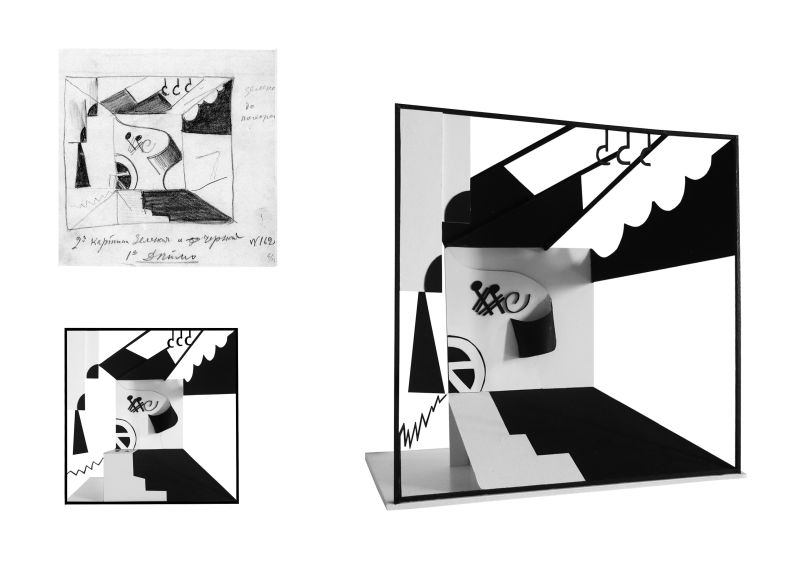
Fig.
5 - Kazimir Malevič, Pobeda Nad Solncem/ Victory Over the Sun, Third
Scene, Act One, sketch, pencil on paper, St. Petersburg State Museum of
Theatre and Music Art, 1913.
Laura Scala, three-dimensional reconstruction of the set, 2017.
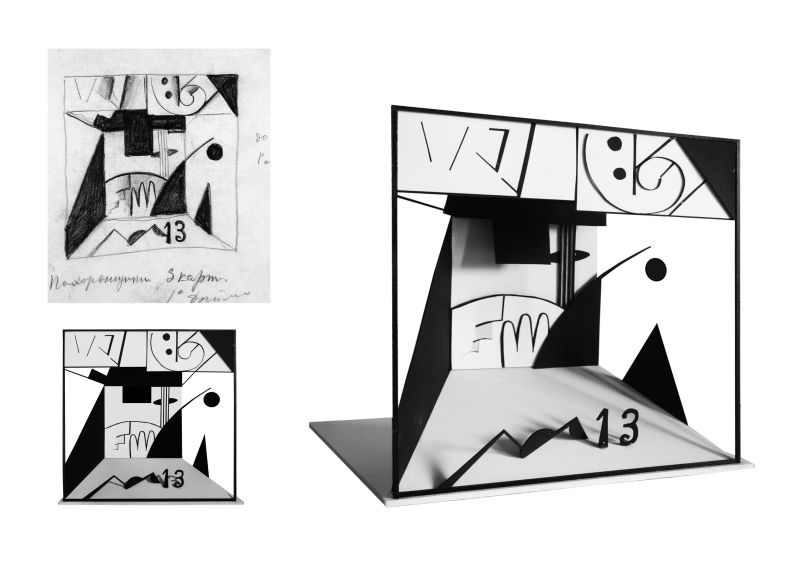
Fig.
6 - Kazimir Malevič, Pobeda Nad Solncem/ Victory Over the Sun, Fourth
Scene, Act One, sketch, pencil on paper, St. Petersburg State Museum of
Theatre and Music Art, 1913.
Laura Scala, three-dimensional reconstruction of the set, 2017.
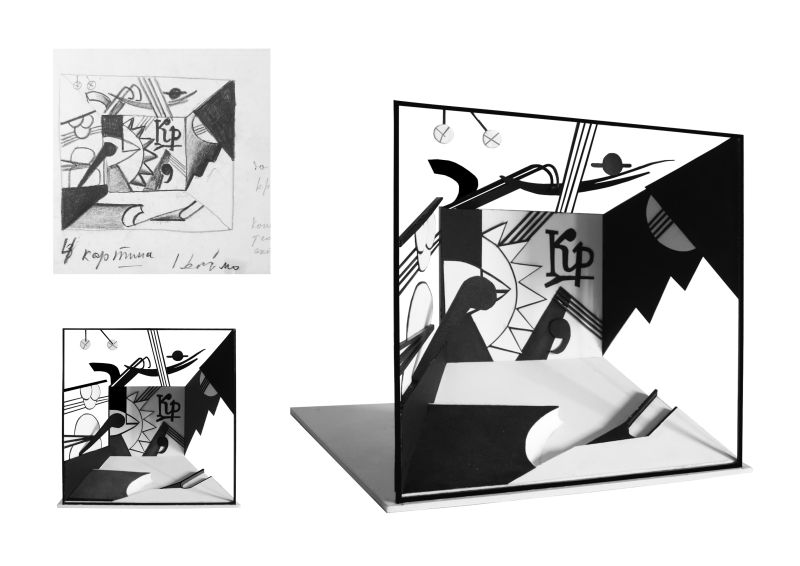
Fig.
7 - Kazimir Malevič, Pobeda Nad Solncem/ Victory Over the Sun, First
Scene, Act Two, sketch, pencil on paper, St. Petersburg State Museum of
Theatre and Music Art, 1913.
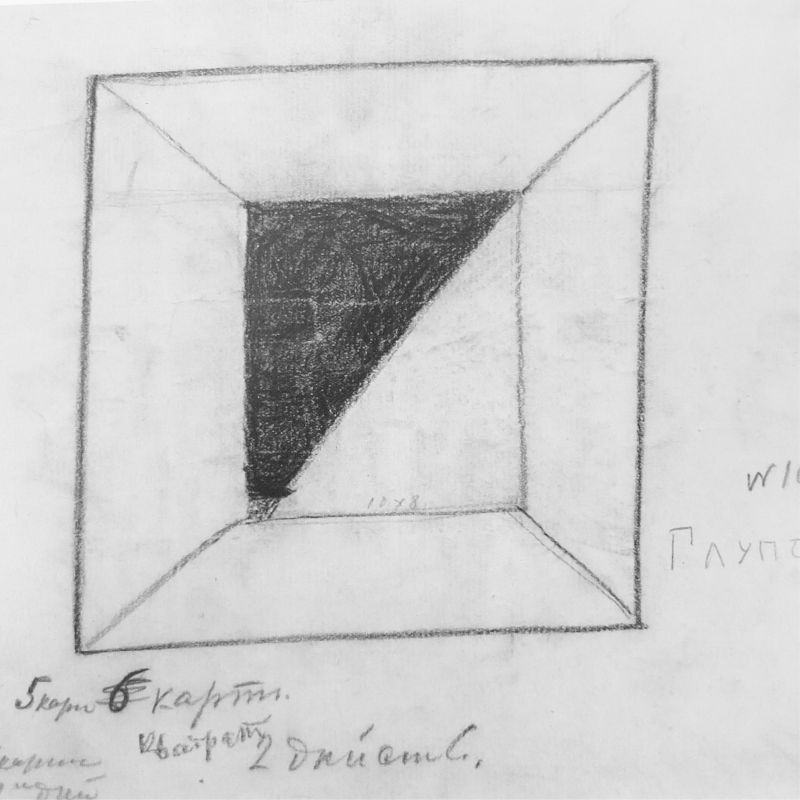
Fig.
8 - Kazimir Malevič, Pobeda Nad Solncem/ Victory Over the Sun, Sixth
Scene, Act Two, sketch, pencil on paper, St. Petersburg State Museum of
Theatre and Music Art, 1913.
Laura Scala, three-dimensional reconstruction of the set, 2017.
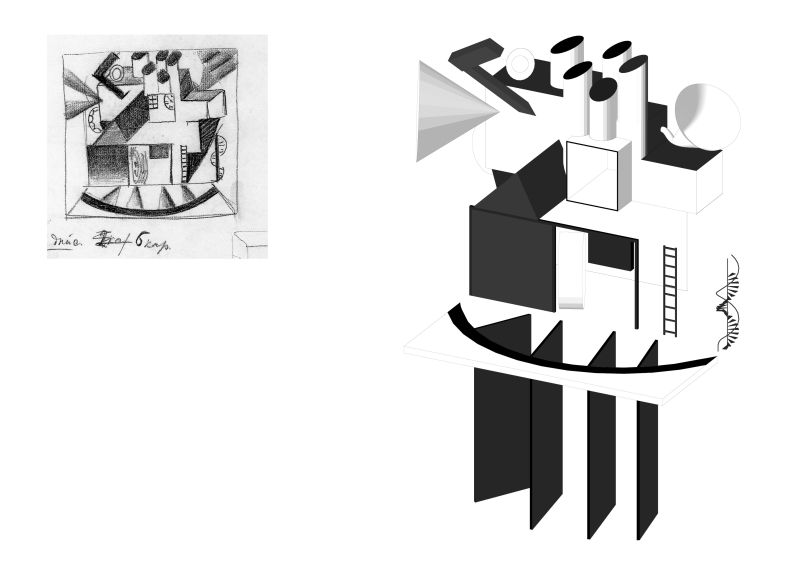
Fig.
9 - Kazimir Malevič, Instrumental Lamp o Musical Instruments, Stedelijk
Museum, Amsterdam, 1913.
